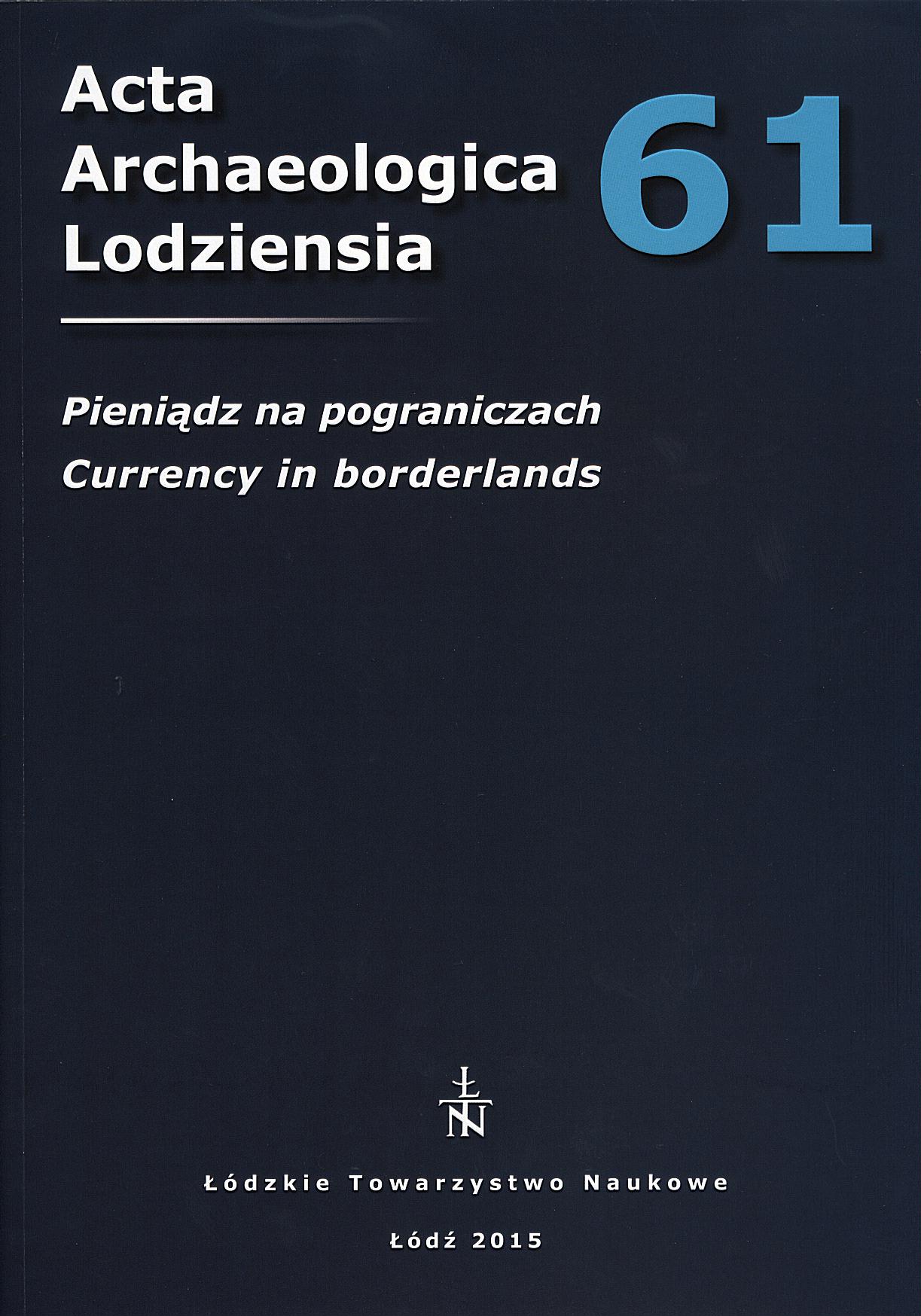Pieniądz na pograniczu trzech kultur. Monety z kościoła w Hippos, w Dekapolis (Izrael)
Currency on the border of three cultures. Coins from the church at Hippos, in the Decapolis (Israel)
Author(s): Barbara SolarewiczSubject(s): History, Archaeology, Cultural history, Ethnohistory
Published by: Łódzkie Towarzystwo Naukowe
Keywords: Decapolis; Hippos; Sussita; early Christian church; coin finds; coin circulation; Dekapolis; Hippos; Susita;
Summary/Abstract: Hippos, also known as Sussita, was located on a hill on the eastern shore of the Sea of Galilee, was one of the cities of Decapolis. Its origins date back to the Hellenistic period, although it is not certain whether its foundation took place during the reign of the Ptolemies or Seleucids in that region. As a Greek city with a small admixture of Jewish population, it was torn by internal ethnic conflicts starting from Hasmonean domination (83-80 BC) until the alliance of Greek population with Romans during the First Jewish War (66-73). Archaeological research in Hippos 2000-2010 uncovered a total of 885 coins. The Polish team working in the NWC complex discovered 43 coins dating from the 3rd century BC to the 8th century AD. These include 3 Ptolemaic coins, 3 coins of the Seleucids, 1 coin of Tyre from the late 2nd century BC, an anonymous coin minted in Phoenicia in the 1st century AD, a coin of Herod the Great (37-4), 2 Roman provincial coins of the 2nd century, 3 Roman Imperial coins and 2 Arabian from 3rd century. 3 coins were minted by the successors of Constantine I the Great (306-337). Coinage of the Late Roman Empire is represented by 5 pieces. Also found were 2 Byzantine coins, 1 Arab coin of 7th or 8th centuries, and 14 Umayyad coins. This numismatic material has been briefly described, arranged in chronological groups.Podczas prac archeologicznych w Hippos (aramejska Susita) Dekapolis, prowadzonych w latach 2000-2010 zarejestrowano łącznie 885 monet. Na terenie kompleksu „kościoła północno-zachodniego”, polska ekipa odkryła 43 monety datowane od III w. p.n.e. po wiek VIII n.e., tzn. do momentu zniszczenia budowli w 749 r., w efekcie trzęsienia ziemi. Są to monety greckie, rzymskie i bizantyńskie oraz pieniądze arabskie. Do wyjątkowych znalezisk należy solid Herakliusza (610-641) oraz skarb anonimowych felsów umajjadzkich z połowy VIII wieku. Materiał numizmatyczny stanowi podstawę dyskusji na temat sytuacji kulturowej w mieście.
Journal: Acta Archaeologica Lodziensia
- Issue Year: 2015
- Issue No: 61
- Page Range: 39-48
- Page Count: 10
- Language: English

